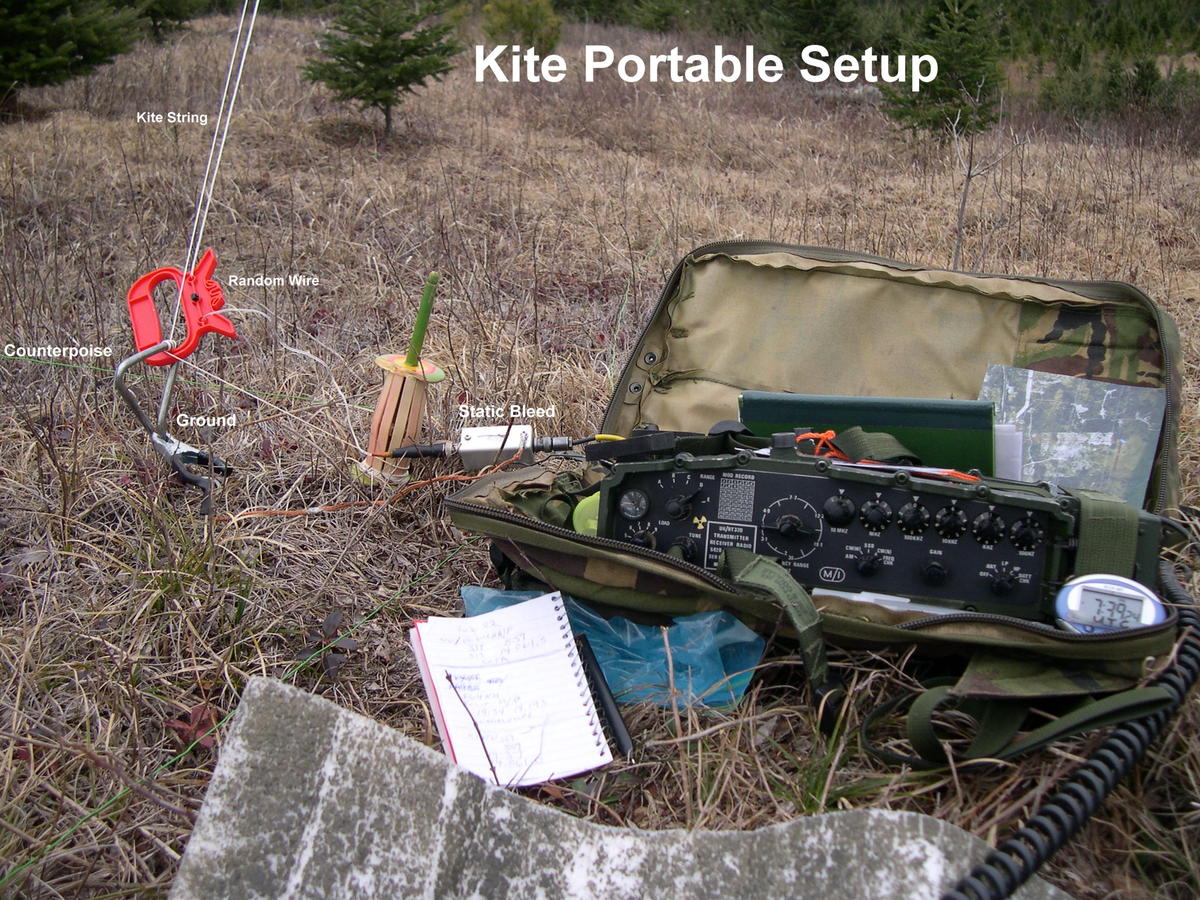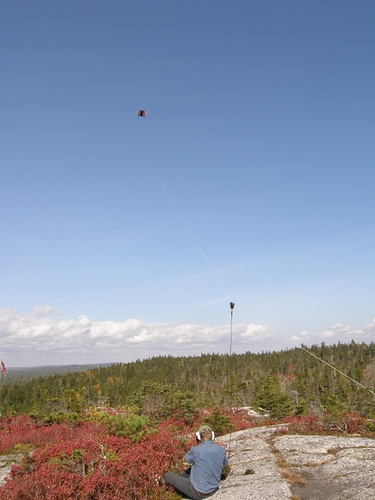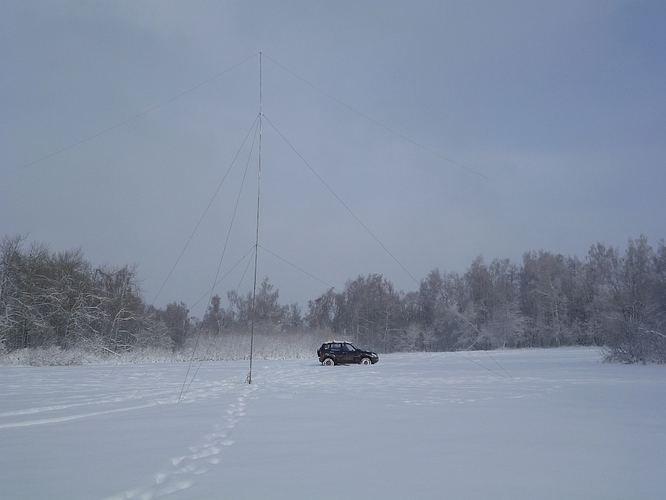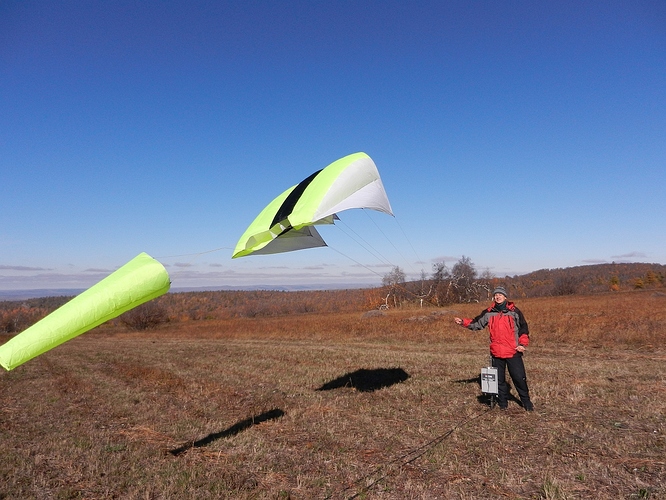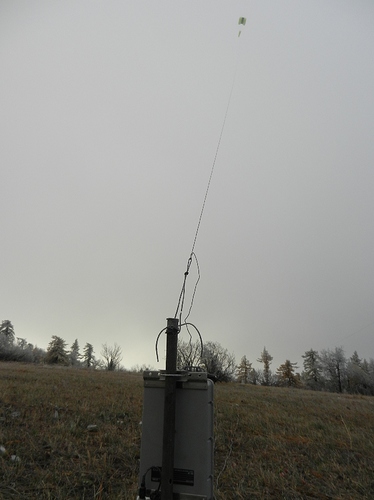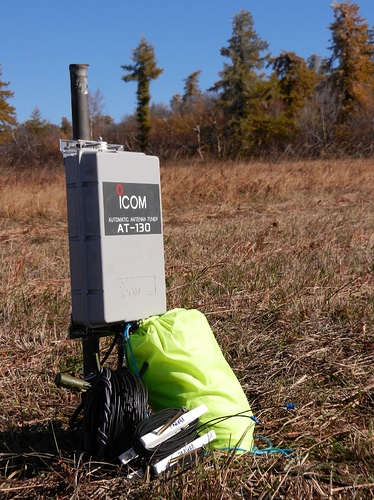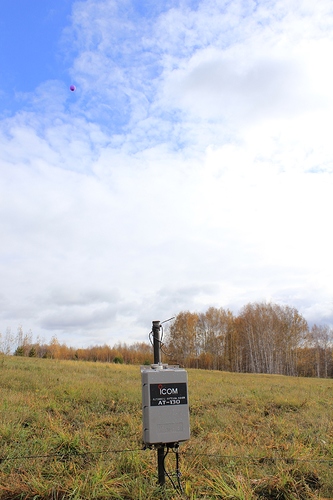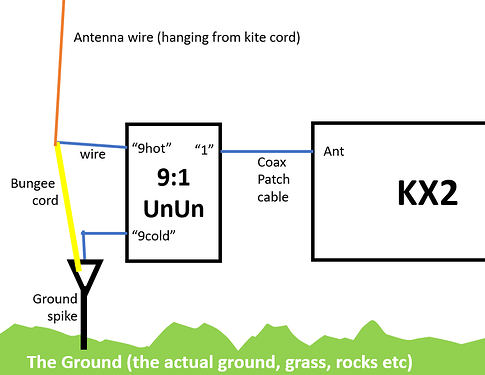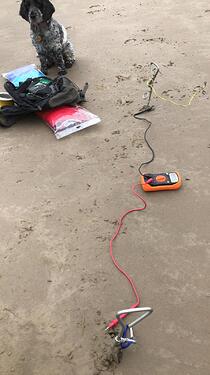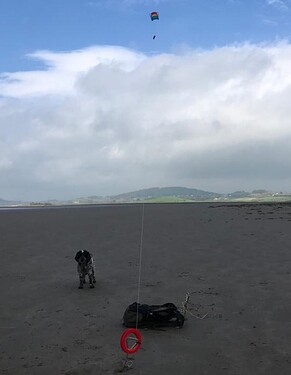Reading previous threads on using a kite to lift a long wire (LW) antenna I get the impression that the wind speed and direction usually changes too much at SOTA summits to be practical and is very time-consuming compared to using traditional pole-erected antennas. Please tell us if your experience is otherwise.
I want to experiment in a non SOTA situation (hence OFF TOPIC posting) with a kite to lift a LW and am looking for advice especially regarding change of wind direction. I’m concerned the antenna will move around and I don’t want to operate “Pedestrian Mobile” trying to follow it.
I foresee a problem if the wind direction changes. Without changing the kite-cord tether point (to compensate), the top end of the antenna will try to follow the kite. As I intend to tether the antenna at the bottom it will no longer be vertical (which is not a problem radio-wise) but it would be under greater tension to stretch.
BACKGROUND
I’ll be using the method described by Richard, G3CWI, in his on-line article, i.e. you attach 5m of shock cord to the top of the LW (e.g. 50m of thin wire for 5/8th wave on 80m) and they hang vertically from a knot in the kite cord which is about 10-12m down from the kite. The bottom end of the LW is tethered to a metal screw-in ground stake (and loosely connected to a 9:1 UnUn then coax feeder and radio).
So we have a right-angled triangle: the vertical LW/shock cord (“opposite”), the kite cord (“hypotenuse”) at roughly 40(?) degrees to the ground (but I assume this will vary depending on weight of LW, lift from kite in particular wind speed, other factors?), and the horizontal distance along the ground (“adjacent”) between the kite-cord tether ground stake and the antenna tether ground stake.
With me so far? Or have you got bored?
Doing the trigonometry, the kite cord (from ground tether to top of shock cord) is about 86m. Plus the 10-12m up to the kite gives a total cord length of 100m. Distance on the ground between ground stake tethers is about 67m.
Now here’s the tricky bit. We don’t get to decide the wind direction. If you wanted to fly with any wind direction AND you want to sit in a particular spot, you would need to have the vertical LW in the middle of a circle (where you are) with radius 67m (as viewed from above).
However, the bit of land where I want to try this overlooks the sea. In calm weather (winds 6-12mph), I think there should be onshore breezes during the day. [In theory: land is warmer than the sea during the day/summer/autumn so cooler higher pressure over sea causes air to move to warmer lower pressure over the land]
If true, I should be able to tether the kite cord at the ‘sea end’ of the field and the kite should fly inland (and over the bench where I want to sit on!)
Faulty logic?
Things overlooked?
Anyway, your comments please.
